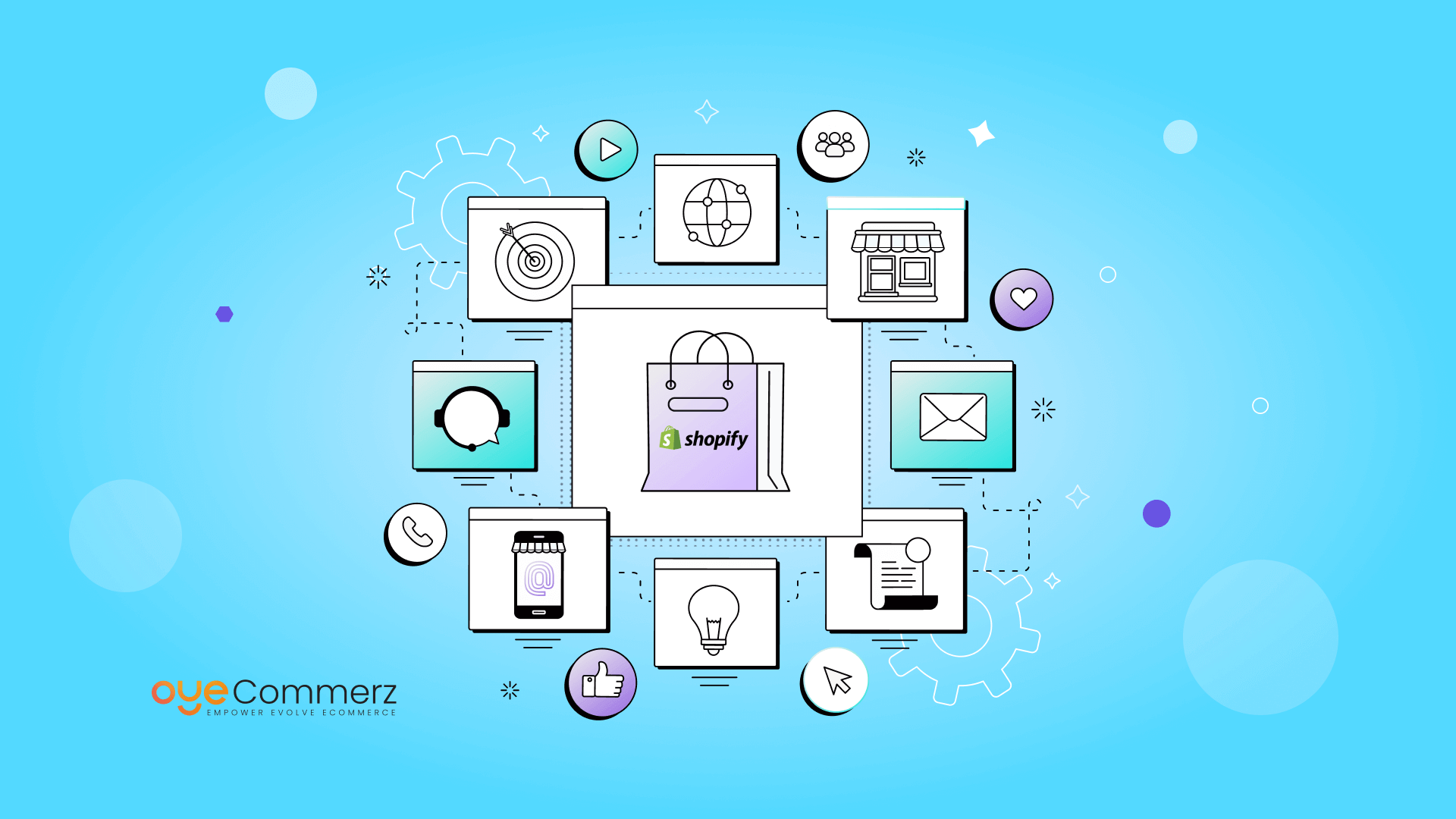Overview
In the current competitive e-commerce environment, differentiating is essential, and one of the best ways to set apart a Shopify store is through custom app development. A well-built Shopify app can boost store capabilities, simplify processes, and boost customer interaction. This guide explores key aspects of Shopify app development, covering API integration and app ecosystem to scaling strategies and digital marketing approaches, offering a roadmap for companies seeking unmatched store efficiency.
The Importance of Shopify API Integration
Shopify’s API provides powerful tools to personalize and extend store functionalities. With GraphQL and REST APIs, developers can access data to build applications that handle inventory management, order processing, and customer data management smoothly. Using Shopify’s API can enable improved workflow automation and enables stores to serve customers more efficiently.
Adopting the Polaris Design System
Polaris is Shopify's design system for designing intuitive and accessible Shopify apps. By adhering to Polaris principles, developers guarantee that apps integrate smoothly within the Shopify Admin interface. This provides a cohesive look and feel that appeals to Shopify merchants, encouraging ease of use and comfort for merchants using your custom app.
Navigating the Shopify App Ecosystem
The Shopify app ecosystem provides numerous opportunities for improving online stores. From handling order fulfillment to boosting customer engagement, apps in this environment are designed to meet diverse business needs. Learning about this system helps developers in identifying unique app ideas and enables smooth connections of third-party services that add value to the store.
Developing Embedded Shopify Apps
Embedded apps work seamlessly within the Shopify Admin, providing a smooth interface for merchants. They ensure that merchants do not need to Shopify Admin customization navigate away from their Shopify control panel, simplifying their process. Using Shopify App Bridge and embedded app features is recommended for providing a unified, integrated user environment.
Using Node.js and React for Shopify Apps
The technologies Node.js and React have emerged as ideal tools for Shopify app creation. Node.js enables efficient server-side applications, while React allows for interactive and adaptive front-end design. Combined, they offer an excellent framework for creating speedy, growth-ready Shopify apps that improve store functionality and customer interaction.
Utilizing Webhooks in Shopify Development
Webhooks enable instant data updates between Shopify and an outside application. They initiate events such as new orders or stock changes and send instant alerts to your app. By implementing webhooks, apps can deliver real-time information to store owners, streamlining workflows and boosting efficiency.
Engaging Customers Through Digital Marketing for Shopify Apps
To make a Shopify app successful, engaging customers is key. Utilizing digital marketing strategies like SEO, email marketing, and social outreach can increase app usage. Additionally, designing apps with customer engagement in mind (e.g., loyalty programs or personalized suggestions) boosts user loyalty and loyalty.
Scaling Your Shopify App
As e-commerce businesses grow, so do their technological needs. Making sure that your app can manage increased traffic, larger databases, and more complex functionalities is critical. By improving server capacity and using scalable solutions, you can develop apps that expand in parallel to a store’s growth.
Important Features and Maintenance Tips for Shopify Apps
For an Shopify development process app to be effective, it should include key capabilities like user login, analytics dashboard, and customer support options. Ongoing app upkeep, including updates to fix bugs and compatibility checks with new Shopify functionalities, is vital to ensure uninterrupted performance and prevent disruptions to business processes.
Conclusion
Custom Shopify app development holds vast potential for e-commerce businesses, providing the chance to enhance store functionality, simplify operations, and foster customer loyalty. From integrating APIs to ensuring scalability and customer interaction, building a Shopify app involves careful planning and well-planned actions. If you’re ready to elevate your e-commerce experience, a custom Shopify app could be the ideal solution. What features do you see for your ideal app? Share your ideas and begin the journey to an optimized e-commerce experience!
